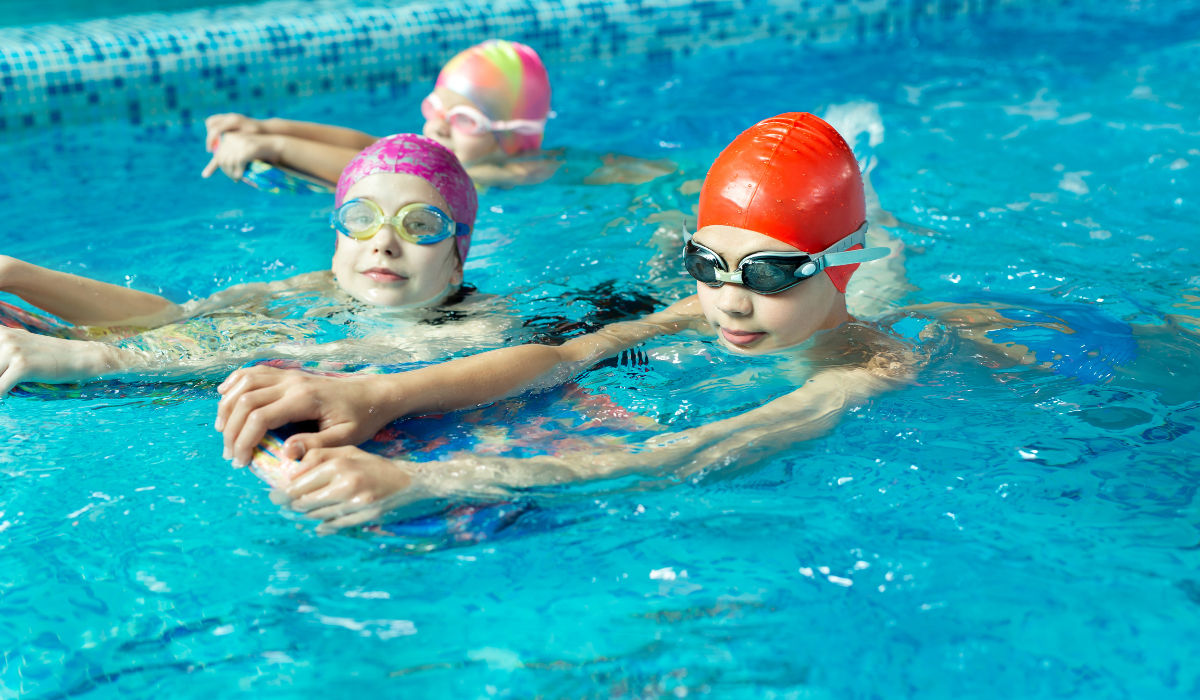Schools do more than teach students to read and do math. Students also eat lunch together, go on field trips, and join school sponsored clubs and sports teams. These are called “non-academic” or “extracurricular” activities. Students with disabilities must have an equal chance to take part in these other school activities.
Least Restrictive Environment means students with disabilities are educated, to the maximum extent appropriate, alongside their nondisabled peers, while still meeting their unique educational needs.
The IEP team must consider the whole student- their social, emotional, and behavioral needs as well as their academic needs, and their entire educational environment. This may require the provision of supplementary aids and services in nonacademic settings such as the lunchroom, playground and/or extracurricular activities. The educational environment includes:
- Core classes
- Electives
- Lunch
- Recess
- Passing time
- Unscheduled activities and scheduled but inconsistent activities (fire, tornado, and lockdown drills)
- Assemblies
- Camps
- Field trips
This specifically can be found in the Individualized Education Program, usually under Supplementary Aids and Services.
Your Child with a Disability Can Take Part in Extracurricular Activities.
The Office of Civil Rights issued a “Dear Colleague” letter and additional guidance further explaining the rights of students with disabilities to participate in extracurricular activities in 2013.
Read more about Access to General Education.


